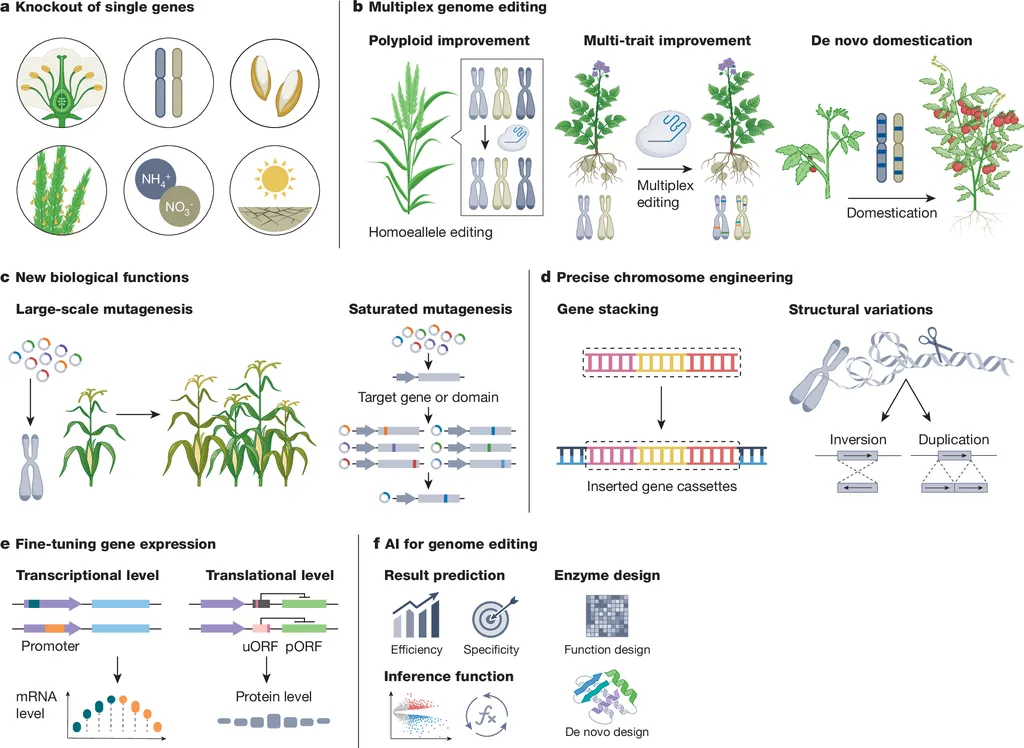In the heart of Urmia, Iran, a groundbreaking study led by Roghaieh Azizyan from the Department of Plant Production and Genetics at Urmia University is shedding light on the genetic secrets of a medicinal powerhouse, Sonchus arvensis L. This unassuming plant, a member of the Asteraceae family, is packed with valuable phenolic acids, notably chlorogenic acid, which has been clinically proven to reduce the risk of heart disease, diabetes, and even cancer. Azizyan’s research, published in the Journal of Plant Breeding and Improvement (پژوهشنامه اصلاح گیاهان زراعی), is not just about understanding the plant’s genetics but also about paving the way for future advancements in medicine and agriculture.
Azizyan’s team focused on sequencing parts of the coding regions of key genes involved in the biosynthesis of chlorogenic acid: cinnamate 4-hydroxylase (C4H), P-coumarol-ester 3′-hydroxylase (C3’H), and hydroxycinnamoyl coashimate/quinate hydroxycinnamoyl transferase (HCT). “Identifying these genes and understanding their evolutionary relationships is crucial for future research and potential commercial applications,” Azizyan explained.
The study revealed that the nucleotide frequency for these genes varied, with adenine and guanine being the most prevalent in C4H and C3’H, respectively, while thymine was the least frequent. The neutrality test results indicated directional selection of these genes during evolution, suggesting the influence of genetic drift or balancing effects of population evolution.
One of the most compelling findings was the close phylogenetic relationship between S. arvensis and lettuce (L. sativa). This genetic proximity could have significant implications for the agricultural and pharmaceutical industries. “Understanding these relationships can help in the development of new crop varieties with enhanced medicinal properties or improved resistance to diseases,” Azizyan noted.
The commercial potential of this research extends beyond medicine. The energy sector, particularly biofuel production, could benefit from plants with optimized metabolic pathways. By understanding and manipulating these pathways, researchers can potentially enhance the production of valuable compounds in plants, making them more viable for biofuel production.
The study also highlighted the importance of phylogenetic analysis in understanding the evolutionary relationships between different species. This knowledge can be instrumental in reconstructing the evolutionary history of plants and predicting their future evolutionary trajectories.
As the world grapples with the challenges of climate change and the need for sustainable energy sources, research like Azizyan’s offers a glimmer of hope. By unlocking the genetic secrets of medicinal plants, we can pave the way for innovative solutions that benefit both human health and the environment. The journey has just begun, but the potential is immense.

